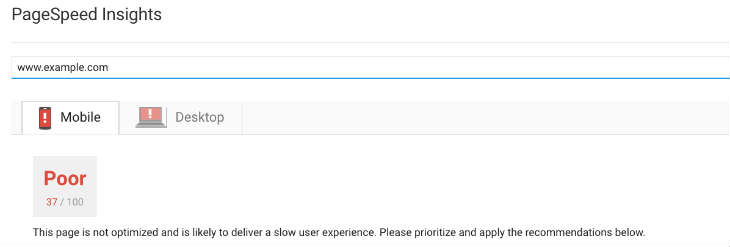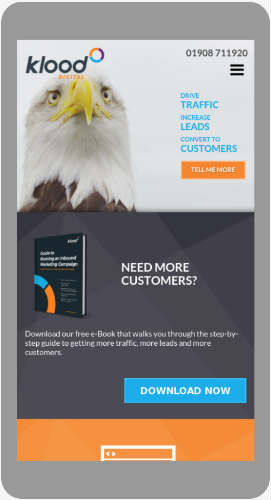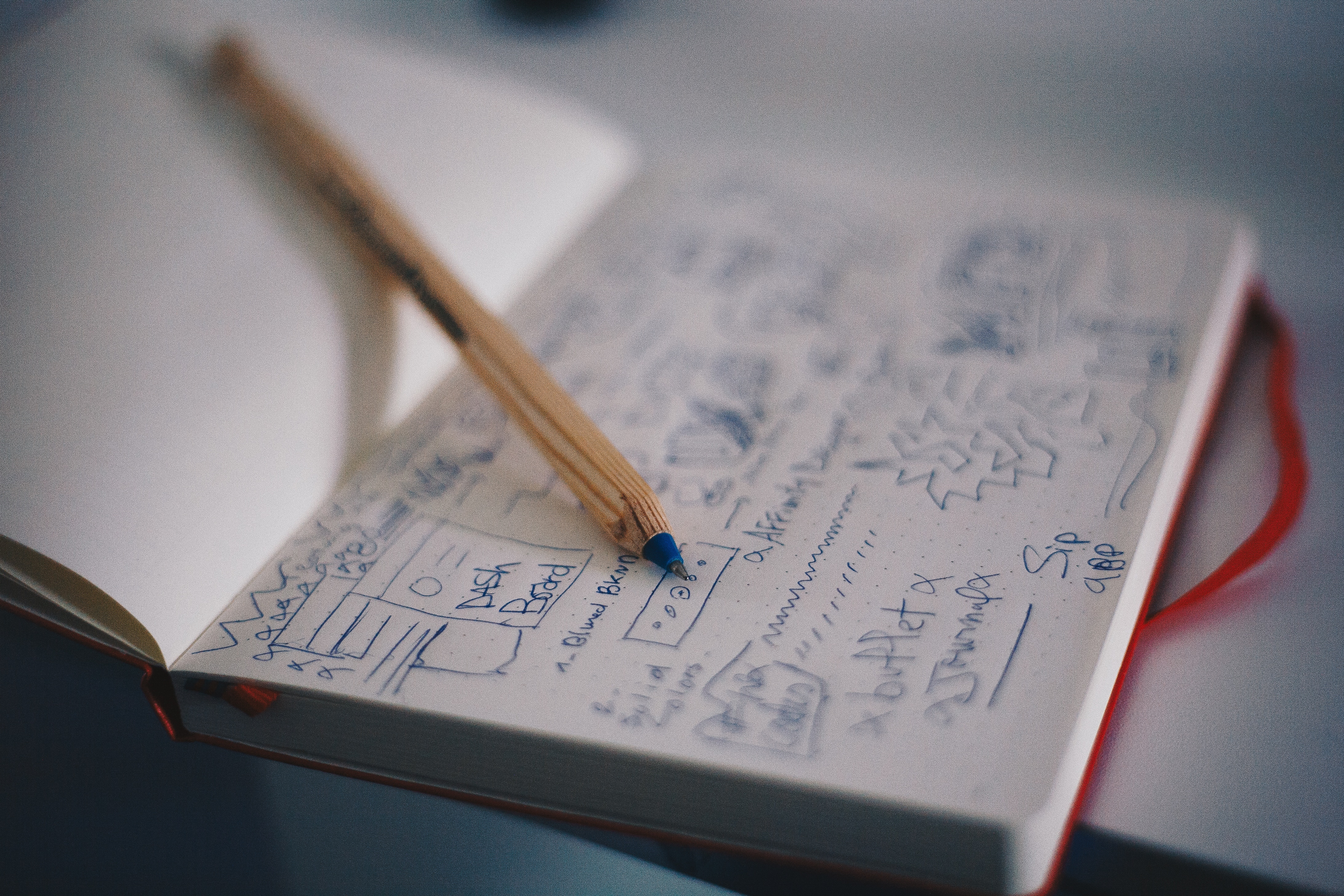
Get weekly
HubSpot updates
Why do SEO and web design need to work together? At the most basic level, the answer is obvious: to ensure that the website performs well in search engines and gains traffic.
Despite this obvious benefit, SEO can often be placed on the backburner in a web design project, as the main focus shifts towards delivering the finished website on time, with no SEO input until the website is complete. This can lead to SEO issues that are often time-consuming to fix.
Let's take a look at some of the common issues that could arise from this, as well as some potential areas were SEO and web design can be utilised together to avoid future issues, and prevent costly alterations to the website.
The CMS
Having an SEO-friendly content management system (CMS) is great when changes need to be made, both before website launch and afterwards. An example of an SEO-friendly CMS would be WordPress, particularly as it has plugins such as Yoast that can assist with search optimisation.
Even without specific plugins, a CMS can still be SEO-friendly as long as it allows page content, meta titles, meta descriptions and architecture to be easily edited. Additional functionality, such as being able to set ‘noindex’ and ‘nofollow’ on pages is also useful, particularly when creating thank you pages for your forms and downloads.
In general, web designers will also want to ensure that content is easily editable, not just for SEO purposes, but also to ensure future changes or content additions are simple. This not only helps make changes for SEO purposes quick and easy, but also allows for faster addition of content.
Structure
Following on from the above point, ensuring that the website has an appropriate structure is important as well, both from a user experience point of view, but also from a link equity perspective.
In the SEO world, the recommendation is that every page on the site is no more than four clicks from the homepage. This is due to the fact that the majority of inbound links to your site will be pointing towards the homepage, and the equity from them will ‘trickle down’ to other pages on the site. By ensuring that all pages are close to the homepage, all of them will benefit from the links to the homepage.
It’s also important to ensure that pages are grouped appropriately into SEO-friendly topic groups. This should be done naturally in the building of the site, with related products and services close together in the navigation. This can also be useful for spotting areas in which more pages or information might be needed for future content additions.
Page speed Issues
While most web designers will take page speed into account — it’s a big part of UX after all — there are times when a client's demands or creative vision lead to a particularly demanding web page, which has a large amount of content and a long loading time. Making sure that page speed is considered all the way through the design and build of the website is the best way to ensure that your PageSpeed Insights score is high on launch, and no changes have to be made.

Another important part of this is image optimisation — that is, ensuring images aren’t too large. Every image should be properly compressed to ensure that it loads more quickly.
Responsiveness
Again, this is something all good web designers will factor into a new website, but, of course, being mobile-friendly is critically important in an increasingly mobile-first environment. What’s more, having a mobile-friendly website is also a ranking factor for mobile search.

There are two options for this, either a responsive website, or a separate mobile version. Both have pros and cons, but I would recommend a responsive site, particularly as it helps to support the varying range of screen sizes that are now available.
Sitemap
It is also essential that a sitemap is created.
Again, most web developers will do with as a matter of course, while many content management systems and plugins can create them for you automatically too.
A sitemap is important for your SEO because it makes it easier for Google’s crawlers to make their way around your website and understand it’s structure.
Keyword-targeted content
When SEO and web design are both considered before the start of the project — specifically keyword research — there is the potential to use these learnings to better plan out how the content will be laid out on the site, whether that’s split into topics, product groupings or another layout based on what would be more user-friendly. In addition, it also means you can have optimised titles and headings in place when you go live, reducing the amount of time lag before your changes have an affect on your position in search results.
Of course, there are times when compromises will have to be made to suit the client’s needs. This might be, for example, using a CMS that isn’t so suited to SEO, or having pages that suffer in terms of page speed because of the amount of content they require.
Equally, sometimes designs may have to be toned down or simplified for SEO elements to be added in. This is another good reason for there to be communication between the web design team and SEO team during every part of the design process, so issues like these can be discussed and resolved at the beginning of the process, rather than making more expensive changes after the launch of the website.

